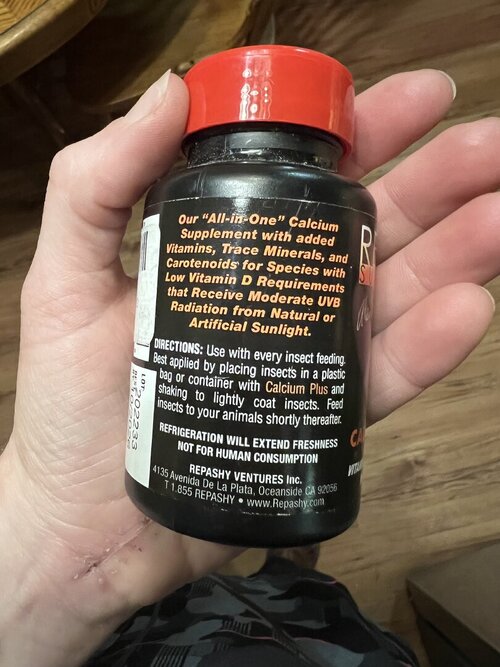Nal0114
Established Member
So since I had to replace my mister because it broke. Do you guys add reprisals water supplement to the mister water?
2. This powder was recommended to me because Jade is picky. Finger’s crossed she will eat her food with it. How long do you think before her supplement bumps go away?
she will eat her food with it. How long do you think before her supplement bumps go away?


2. This powder was recommended to me because Jade is picky. Finger’s crossed







